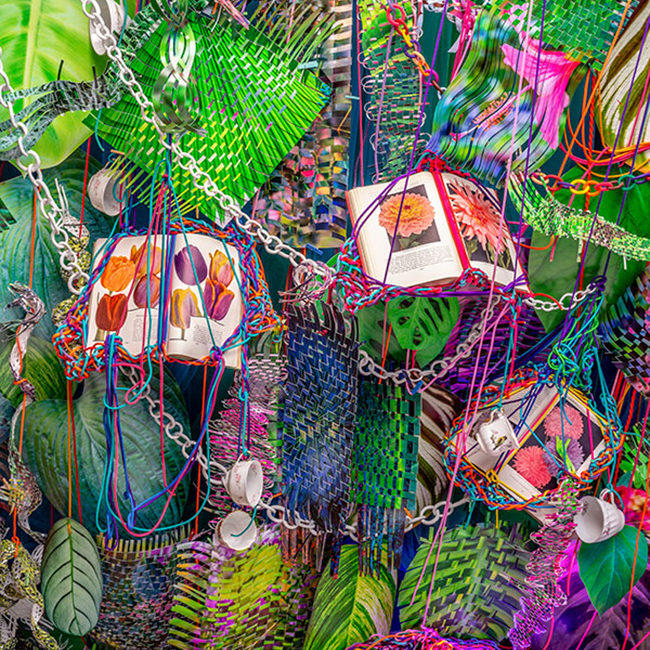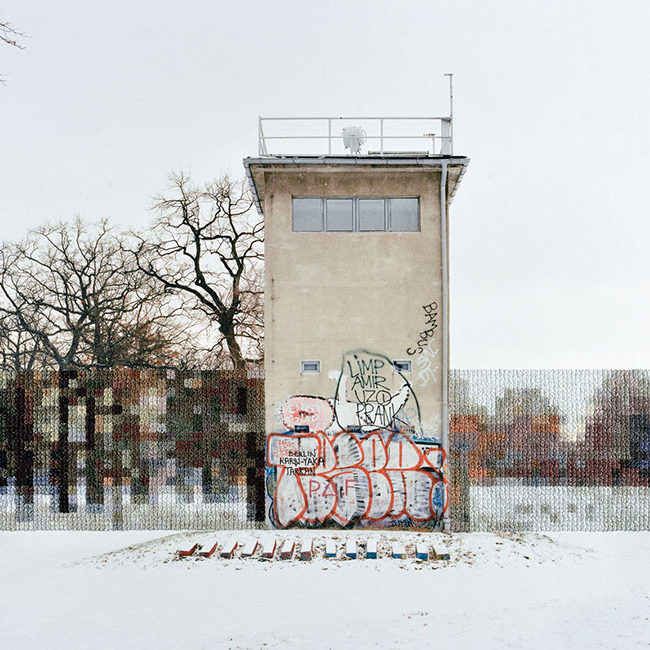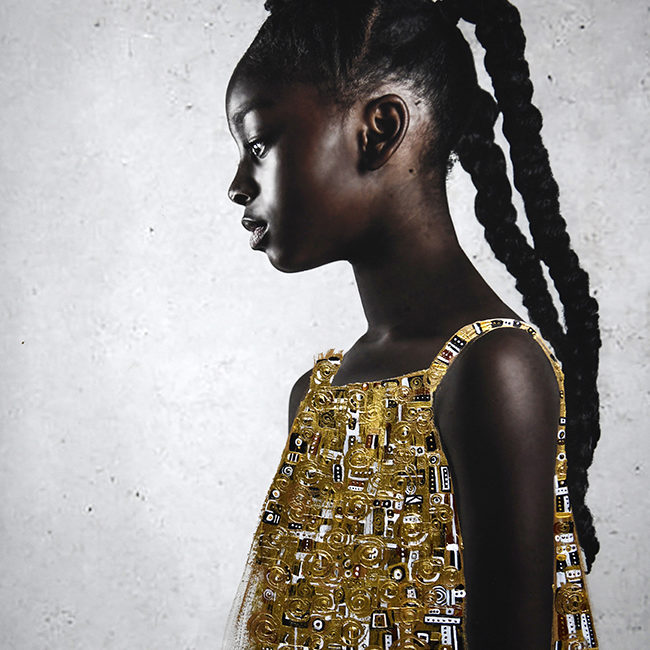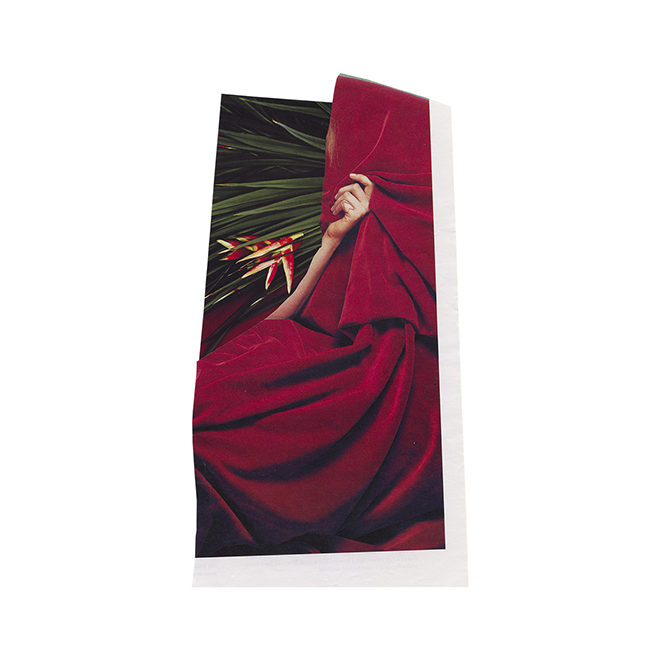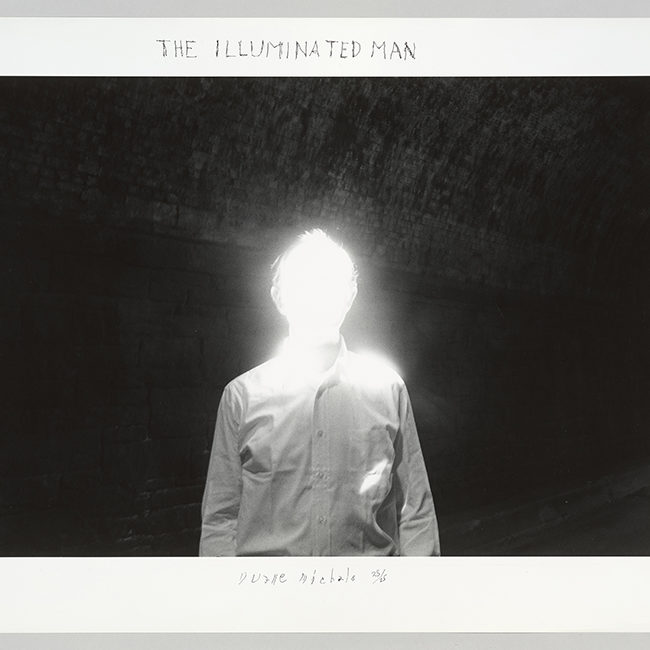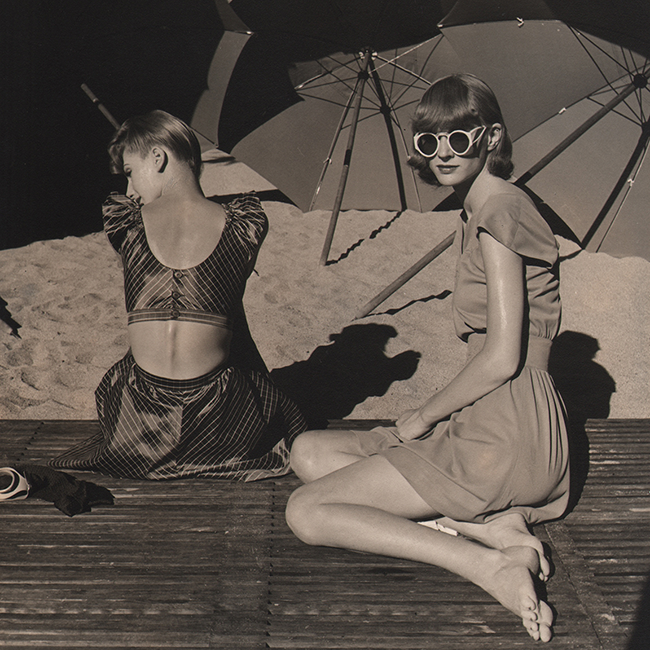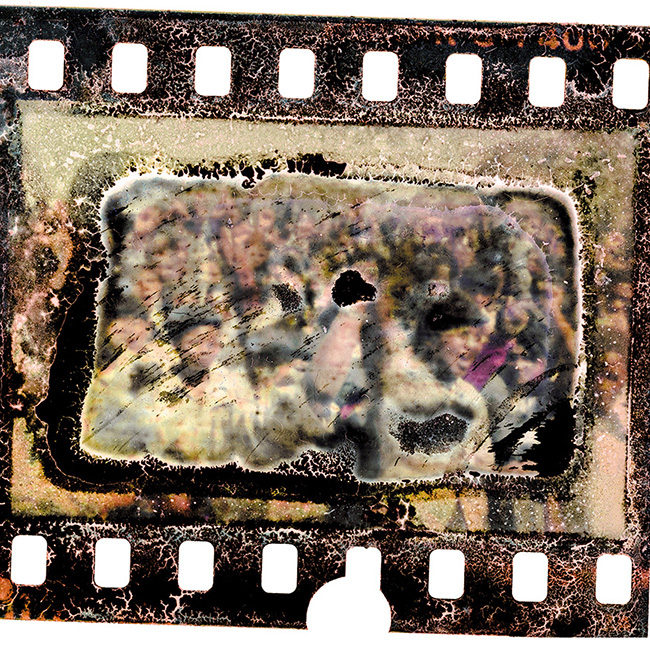Taste in photography has gone through a couple of revolutions during the more than 50 years that Kenneth Josephson has been making photographs. Often labeled as a pioneer of conceptual photography, his work spans several genres, from early street studies that transformed Chicago under the El into abstract studies of light and dark, to pictures that use humor to question photography’s claims to depicting reality. Josephson is the subject of two shows opening this month, at Gitterman Gallery in New York opening April 6 and running until June 11 and up now at Stephen Daiter Gallery in Chicago, running until June 24. And a monograph, The Light of Coincidence, is out this month from University of Texas Press.
As Gerry Badger writes in the book’s foreword, Josephson began making self-reflexive, conceptual images in the 1960s, “at a time when the most powerful institution in American photography, MoMA, was privileging photography ‘in the documentary mode,’” putting Josephson out of step with his contemporaries such as Lee Friedlander and Garry Winogrand. When, later, photography was embraced as a tool by conceptual artists such as Ed Ruscha and Joseph Kosuth, Josephson’s work was still deeply tied to its photographic roots, and his concerns with darkroom technique and the history of photography were not quite in tune with the art world. Nonetheless, Josephson has built a reputation over time as a sort of photographer’s photographer.
Josephson studied with Harry Callahan and Aaron Siskind at the Institute of Design in Chicago, and went on to found the photography department at the School of the Art Institute of Chicago, where he taught for 37 years. There, he stuck firmly to “working intuitively with the faith in art that knows pictures come from pictures, that ideas come from within the work itself,” Badger notes, making nudes and images of the urban landscape but using these traditional genres to expose and push the limitations of photography. And as tastes have shifted again and a new generation of digital photographers ask what’s possible, Josephson’s influence can still be felt. Writes Lynne Warren in an essay in the book, “Even though the images were made in a different era, one with fewer options and with analogue means, they are startlingly contemporary and full of ideas that interest the digital generation: ideas about the nature of seeing, “reality,” human aspirations, and what it means to be a human observing the world.”
Related Stories:
Aaron Siskind, Teacher and Guide
Pioneering Photographer Barbara Crane on Women in Photography (For PDN subscribers; Log in required)
